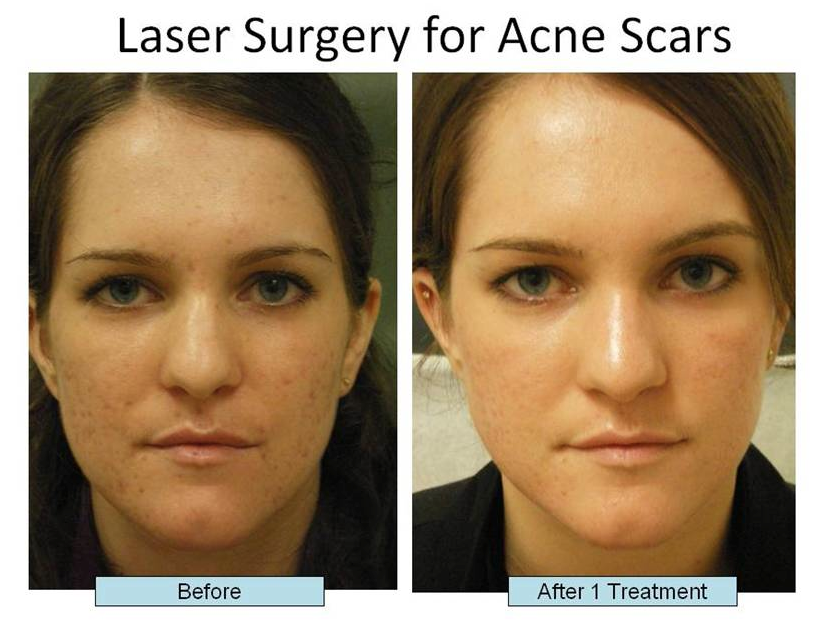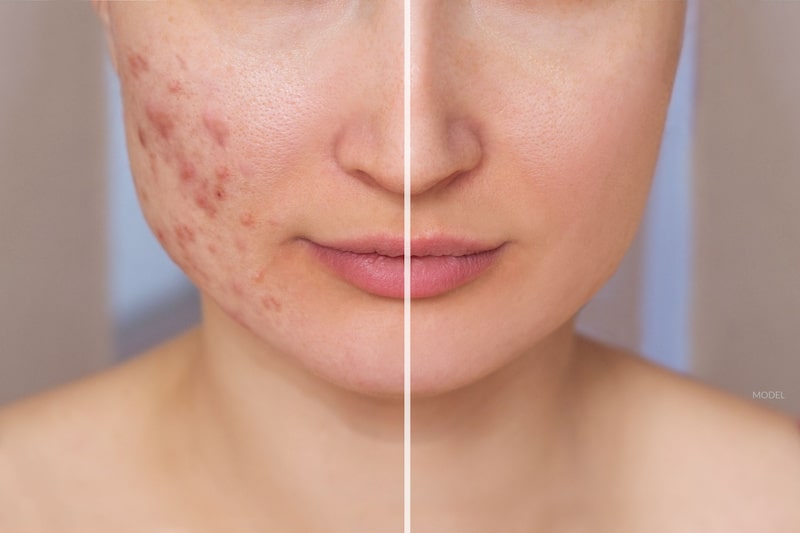Skin Rejuvenation Treatments: The Ultimate Overview to Revitalizing Your Skin
Checking Out Skin Conditions: Recognizing and Treating Acne Scars for Healthier Skin
Acne scars stand for a considerable problem for people looking for to keep healthy and balanced skin, as they can impact both look and self-esteem. Comprehending the various types of scars, from atrophic to hypertrophic, is vital for determining suitable treatment choices.
Understanding Acne Marks

The body's natural recovery process can result in either atrophic scars, which look like clinical depressions in the skin, or hypertrophic scars, which are increased and result from overproduction of collagen. Furthermore, the mental toll of acne scars should not be undervalued; many individuals report sensations of shame, stress and anxiety, and reduced self-worth. This emotional concern can influence social communications and general top quality of life.
Addressing acne scars calls for a thorough understanding of their formation and effect. Recognition of the possibility for lasting consequences connected with untreated scars can motivate individuals to seek appropriate treatments. Early intervention and effective management strategies can substantially boost skin look and improve emotional strength, highlighting the value of recognizing the complexities surrounding acne marks.
Sorts Of Acne Scars
Acne marks can be classified into distinctive kinds, each showing one-of-a-kind features and calling for details therapy methods. acne treatment for sensitive skin. The main kinds of acne scars consist of atrophic, hypertrophic, and keloid scars

Hypertrophic scars, in contrast, are elevated above the skin level and are the outcome of extreme collagen manufacturing during the healing procedure. They usually continue to be within the boundaries of the initial acne sore. Keloid scars are comparable yet extend past the initial injury site, developing bigger, elevated areas that can be painful or itchy.
Recognizing these kinds of scars is vital for picking ideal treatment choices. Different marks might react far better to specific therapies, such as laser treatments, fillers, or medical treatments, stressing the importance of a tailored technique to acne mark administration.
Identifying Your Marks
Acne marks generally fall right into 2 categories: hypertrophic and atrophic marks. These can further be classified into ice-pick marks, boxcar marks, and rolling marks, each exhibiting distinct attributes and calling for different methods for analysis.
Hypertrophic marks, on the various other hand, are elevated and occur due to extreme collagen production throughout the recovery process. Recognizing the particular functions of your marks-- such as size, texture, and deepness-- is crucial for appropriate identification (acne and acne scars treatment). Furthermore, think about the circulation of marks across your skin, as this can indicate the seriousness and duration of the acne condition
Involving with a dermatologist can provide valuable understandings right into the nature of your marks, helping in the distinction between different types. A comprehensive understanding of your scars will ultimately bring about a much more tailored and effective therapy strategy, guaranteeing a clearer and much healthier skin.
Treatment Options Readily Available
Recognizing the certain kind of acne scars existing on your skin lays the foundation for checking out effective therapy choices. Typical sorts of acne marks include atrophic (depressed), hypertrophic (elevated), and post-inflammatory erythema.
For atrophic scars, alternatives such as chemical peels, microneedling, and laser resurfacing are commonly made use of. Chemical peels off utilize acids to get rid of the outer layer of skin, advertising new cell development.
Hypertrophic scars can be treated with corticosteroid injections to squash the scar or laser treatment to decrease soreness and enhance look. Silicone gel sheets and pressure dressings might also help in taking care of increased marks.
On top of that, facial fillers can temporarily load in clinical depressions from atrophic marks, while surgical excision may be suitable for serious situations. Each therapy option has its factors to consider and benefits, making it vital to seek advice from with a skin specialist. They can give customized referrals based upon the type and intensity of your marks, as well as your skin type and total health and wellness.
Tips for Avoidance
Reliable avoidance approaches can dramatically lower the chance of creating acne marks. Making use of non-comedogenic items aids protect against clogged up pores, which can aggravate acne.
Staying clear of the impulse to choose or pop acne sores is essential, as this can cause deeper Get More Info skin damage and raise the threat of scarring. Instead, consider utilizing a chilly compress or over-the-counter treatments to lower swelling and redness.
Sunlight protection is one more important facet of avoidance; ultraviolet (UV) rays can dim marks and i was reading this hinder the healing procedure. Applying a broad-spectrum sunscreen with at least SPF 30 daily can protect the skin and advertise also recovery.
Last but not least, maintaining a balanced diet abundant in minerals, anti-oxidants, and vitamins supports skin health and healing. Staying moisturized and managing stress degrees can also play a substantial function in reducing acne flare-ups. By carrying out these strategies, people can significantly decrease their chances of creating acne scars.
Verdict
Finally, understanding and recognizing acne scars is important for reliable treatment and accomplishing much healthier skin. Various sorts of acne marks, including hypertrophic and atrophic scars, require particular interventions customized to individual demands. Therapy options variety from chemical peels and microneedling to corticosteroid injections, stressing the value of getting in touch with a skin doctor. Additionally, embracing a mild skin care routine and safeguarding the skin from UV exposure can substantially add to the avoidance of further scarring and total skin wellness.
The body's natural healing process can result in either atrophic scars, which appear as depressions in the skin, or hypertrophic marks, which are elevated and result from overflow of collagen. They are more separated right into 3 subtypes: ice choice marks, boxcar marks, and rolling marks. Acne marks usually drop into two categories: atrophic and hypertrophic scars. These can even more be categorized into ice-pick scars, boxcar marks, and rolling marks, each showing distinct attributes and needing different techniques for evaluation.
Different types of acne scars, consisting of hypertrophic and atrophic marks, visit their website require details treatments customized to private needs.